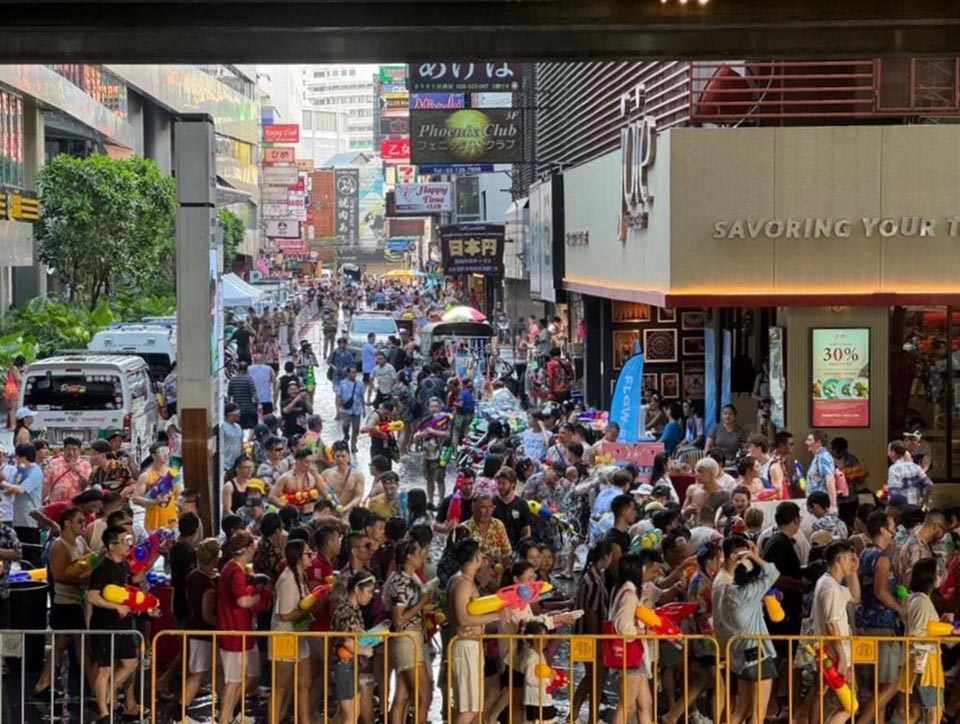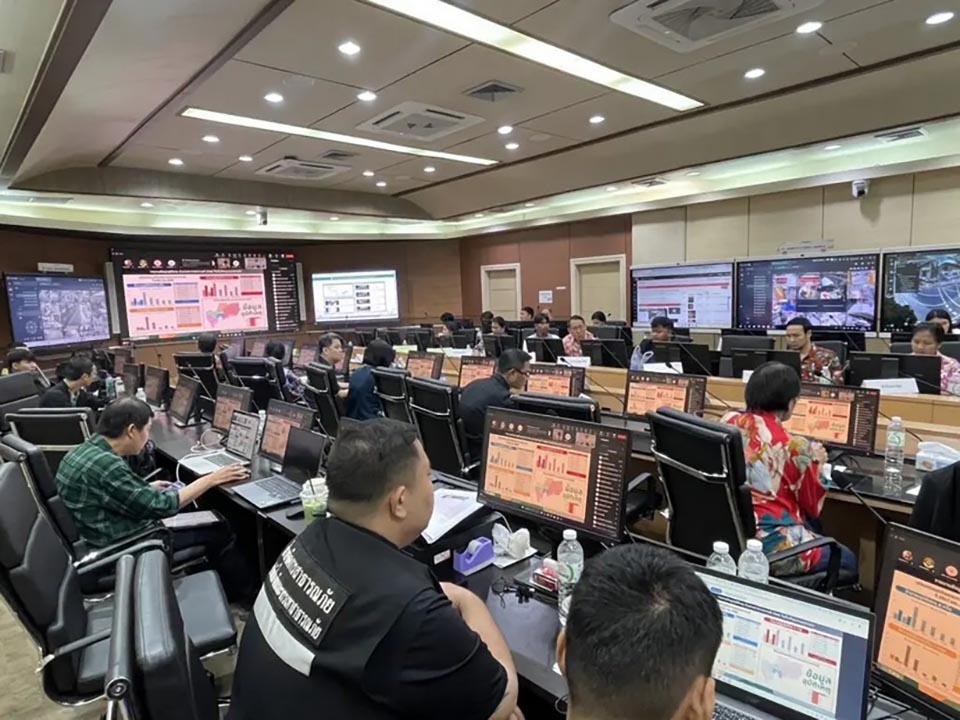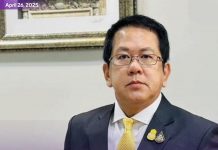
BANGKOK, Thailand – The first day of Songkran festivities in Bangkok saw massive crowds, with over 111,000 revelers gathering at two of the city’s most popular water fight zones: Silom Road and Khao San Road. City officials ramped up safety and traffic management measures, deploying AI-powered CCTV technology to monitor crowd behavior, identify risk areas, and collect tourist data in real-time.
Deputy Bangkok Governor Supakrit Boonkhan, who chairs the city’s Songkran Emergency Operations Center (EOC), led a meeting on April 13 to assess ongoing safety and operational protocols across the capital. He instructed agencies to maintain strict security, organize enough city law enforcement officers, and address accident-prone locations by identifying issues such as poor lighting, lack of pedestrian bridges, or missing surveillance cameras.
Police and municipal officers are particularly focused on 17 major Songkran event zones across the city. Accidents are being carefully tracked: between April 11–12, Bangkok recorded 9 traffic accidents, 3 injuries, and 9 fatalities (8 men, 1 woman).
Meanwhile, advisors emphasized controlling traffic, organizing vendors (especially around Sanam Luang), collecting daily tourist data, and responding swiftly to complaints — particularly regarding noise disturbances and unauthorized private events in areas like RCA and Lumpini Park Rama 9-Ratchada. Officials are instructed to take legal action against unpermitted events if necessary.
The Bangkok Metropolitan Administration (BMA) is also urging the public to use public transport — such as the BTS Skytrain and BMA Feeder buses — to reduce congestion. Special reminders were issued to Songkran participants to follow BTS rules, especially when wet, for safety reasons. (TNA)











